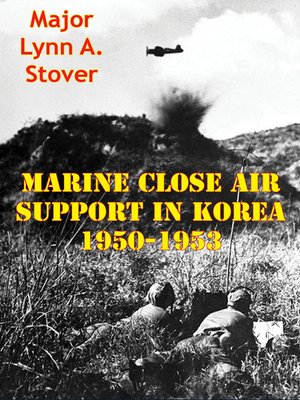
Sign up to save your library
With an OverDrive account, you can save your favorite libraries for at-a-glance information about availability. Find out more about OverDrive accounts.
Find this title in Libby, the library reading app by OverDrive.



Search for a digital library with this title
Title found at these libraries:
| Library Name | Distance |
|---|---|
| Loading... |
This study examines the historical record and primary source of conflict between the armed services over the issue of the effective employment of close air support during the Korean War. The study considers the impact of the single air asset manager on CAS employment during World War II, Korea, and Vietnam. The disagreement examined and explained in this study is the distinction and desire between the Navy-Marines control system and the Army-Air Force control system. The author evaluates the development of service and joint doctrine and the arguments over centralized and decentralized command and control in the execution of the air war. The thesis emphasizes CAS issues during the Korean War using General Keith B. McCutcheon's writings and papers as a guide to develop and understand CAS employment, methodology, and effectiveness from World War II through Vietnam. The Korean War period significantly shaped the persistent argument concerning CAS employment among Marines, sailors, airmen, and soldiers and its value to a winning strategy. This study emphasizes General McCutcheon views on CAS employment and how he provided a template for cooperation during the Philippines Campaign. Cooperation and coordination as well as the role of doctrine are the primary themes throughout this study. Doctrine, and coordination and cooperation are necessary tools to develop the most effective means of employing CAS.







